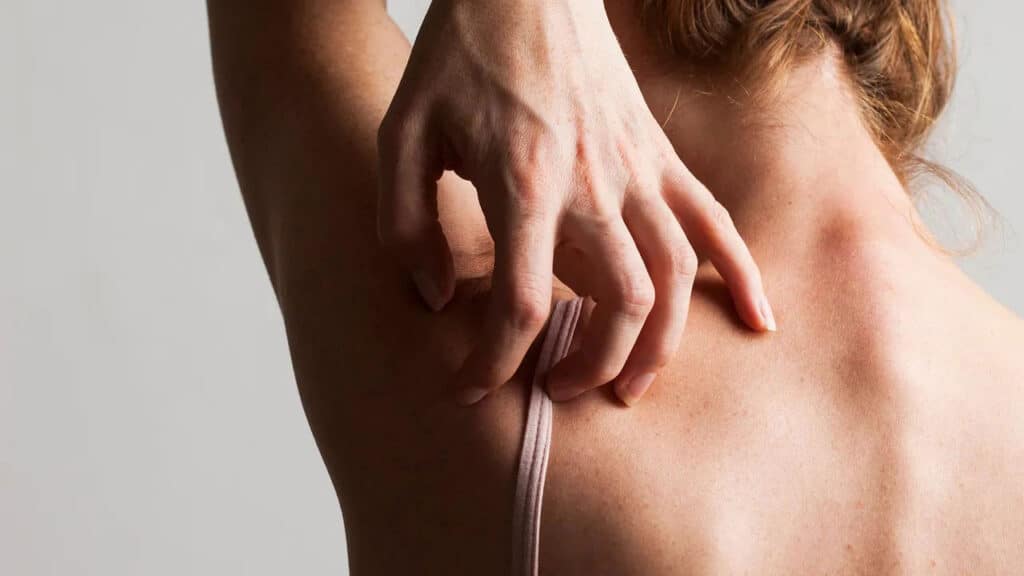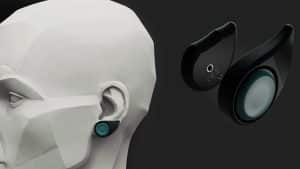Some people become diabetic very young, pretty much without any warning. For others, there can be indicators, like prediabetes, that can show up first. Catch them early enough, and you may be able to head it off before it becomes a full-blown thing.
Diabetes may make a whole host of skin conditions more likely, but it also works the other way. Changes in your skin can be a warning that diabetes is coming. Keeping a close eye on your appearance isn’t just about vanity; it’s about spotting signs of poor health as early as possible.
This is because elevated blood sugar (hyperglycemia, to give it its proper name) is both a key feature of diabetes, and a cause of skin rashes. Even the early stages of prediabetes, when you haven’t been diagnosed yet, can involve hyperglycemia. And for those who do have their diagnosis and have begun treatment, the fact that you still have a rash may indicate your medication needs adjusted.
Rashes from diabetes don’t all look the same. Blisters, scaly patches, and patches that are red and shiny are all potentially diabetes-related. Then there are the skin conditions that can affect anyone, like vitiligo and skin tags. These don’t mean that you do have diabetes, but you should be aware of a potential link. If you know you’re already diabetic, then be aware that they might appear.
Conditions that lead to dry, cracked or otherwise damaged skin may also increase your risk of infection from bacteria or fungi. Again, you need to be extra alert because it can also make these injuries harder to notice. And then there’s another risk that the medication you take for your diabetes could cause an allergic reaction, which – you guessed it – can then cause your skin to react badly.
With all these potential dangers and things to look out for, it’s clearly important to keep an eye on both your skin and your blood sugar levels. You can do things to decrease the risk, from careful management of your diet to making sure you cleanse, moisturize and dry your skin properly.
Most of all, don’t dismiss skin problems as just an aesthetic thing. If you notice something, even if it seems small, talk to your doctor as soon as possible. You may be able to stop it before it becomes a more serious problem.




